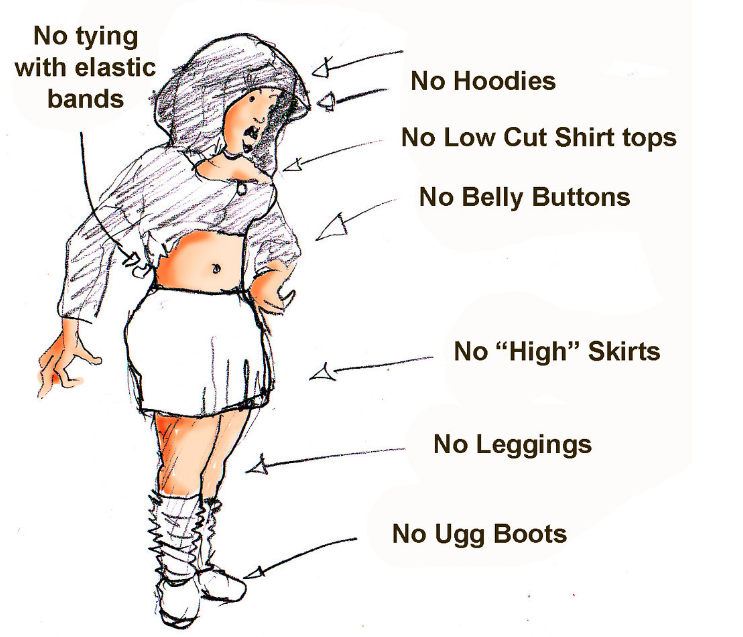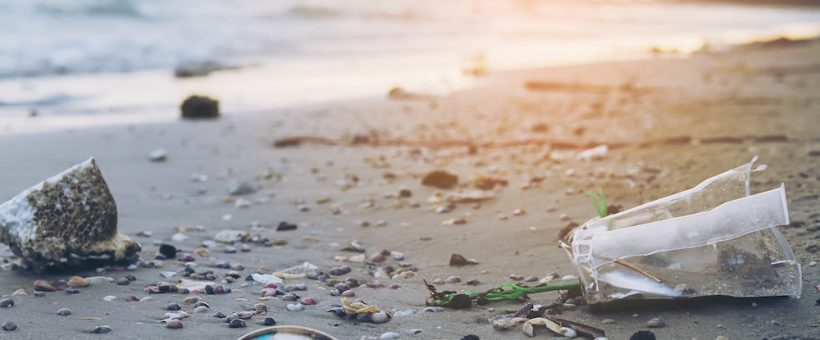Plastic usage has increasingly become the most prominent material component in essential everyday items used in the United States and around the world. IUCN reported that “over 300 million tons of plastic are produced every year, half of which is used to create a single year, half of which is used to create single-use items such as shopping bags, cups, and straws.” Generally, single-use plastic items are sent to landfills where they will fragment into microplastics.
Microplastics are tiny debris, usually less than 5 millimeters long, scattered in the environment, resulting from the breakdown of the plastic. IUCN clarified that plastic generally fragments through the influence of solar UV radiation, wind, water currents, and several other natural factors. These microplastics can enter into water sources, be deposited in the soil, or be consumed by creatures and humans.
Plastic, in general, is a petroleum-based product synthesized from an array of chemical ingredients. Tending to act like a sponge, plastic soaks up chemical pollutants around it, making them even more toxic to human, marine and animal life. However, when plastics fragment, the pieces are more likely to cause greater pertinent destruction to marine ecosystems. They are almost impossible to filter out of the water, and marine organisms, such as fish, may ingest or suffocate from the microplastics leading to their unfortunate death. Additionally, as explained by IUCN, marine organisms also may suffer from lacerations, infections, reduced ability to swim, and internal injuries from microplastics in the water.
In Lake Erie, microplastics are becoming a permanent part of the sedimentary layer. It’s the smallest Great Lake and has the second highest amount of plastic particles out of all the Great Lakes. According to the United States Geological Survey, there are approximately 112,000 particles of microplastics per square mile of Great Lakes water. Floating microplastics and general plastics are vessels for transportation for invasive species, which are harmful to native aquatic life in the Great Lakes and they may wreak havoc on marine ecosystems.
Furthermore, the Great Lakes are the main source of drinking water for individuals in the harboring states. Floating microplastics in the water can be ingested, due to their tiny size and invisibility to the naked eye. As stated by the Lake Erie Foundation, some estimates suggest that we are ingesting up to 52,000 microplastics per year. When ingested, microplastics can cause developmental, reproductive, neurological, and immune disorders. Great Lakes Now elaborates on how microplastics can slip out of the intestinal tract in the human body and can damage internal organs or cause inflammation. However, researchers are unaware of the length of time a microplastic can last in the body of either a marine organism or a human.
According to University Hospitals, there are still many steps people can take to limit the amount of microplastics they intake. This includes drinking filtered tap water, microwaving food in glass or ceramic containers, and using loose-leaf tea instead of tea bags.
Any individual effort to reduce plastic usage can decrease the amount of plastic and microplastics entering into the Great Lakes annually. One thing people can do is use less transportation, as the wear and tear on car tires send plastic particles into the air. People can also wear more natural clothing made of cotton, wool and hemp.
A poll was conducted at Hudson High School in which all members of the student body received a digital survey to complete. 96 students responded to the poll on microplastics and plastic usage. Of the respondents, between 80 and 94 percent of students were aware of microplastics and their appearance in Lake Erie, specifically. About 70 percent of respondents understood that microplastics can lead to allergic reactions, cell death and even cancer if ingested. However, 60 percent of respondents were unaware that microplastics are in commonly used everyday products, such as certain toothpaste and skin-care products.
Although the poll is subject to response bias, it can be generalized that the students of Hudson High School have some knowledge of plastics and microplastics. Having some knowledge of plastics and microplastics is a vital step toward working to reduce overall plastic usage, and participants were given further articles and YouTube videos to continue researching this topic.
In addition to knowledge, recycling plastics and reducing plastic usage is vital to reducing the overall amount of plastic and microplastics entering into the Great Lakes each year. 50 percent of respondents submitted that they often purchase plastic products, and bottled water and plastic bags were the greatest used plastic products. As a matter of fact, over 90 percent of participants responded that recycle both at home and in public. Students were asked to write one way they could reduce daily plastic usage. Some of the common answers included using reusable cups, plastic bags, purchasing storage containers, and packing lunch for the school day.
Researchers, unfortunately, have not developed a method to remove microplastics from the Great Lakes. As for protecting the water supply in Cleveland, it all starts with the reduction of plastic in Lake Erie and the surrounding Great Lakes. A multitude of individual efforts to gain more knowledge and develop more sustainable and environmentally friendly habits will help save more marine organisms and improve the public health of the harboring states of the Great Lakes.

































